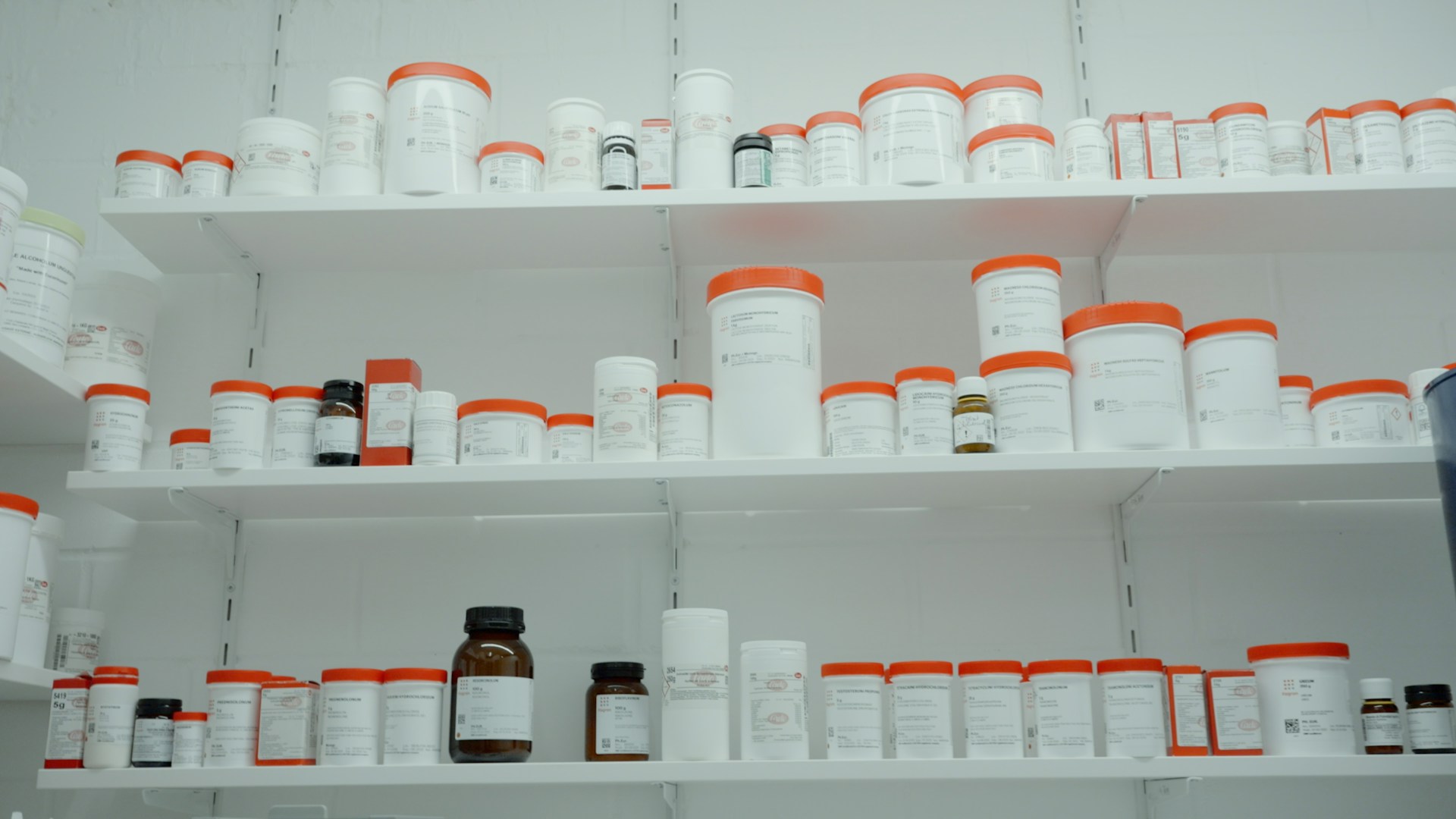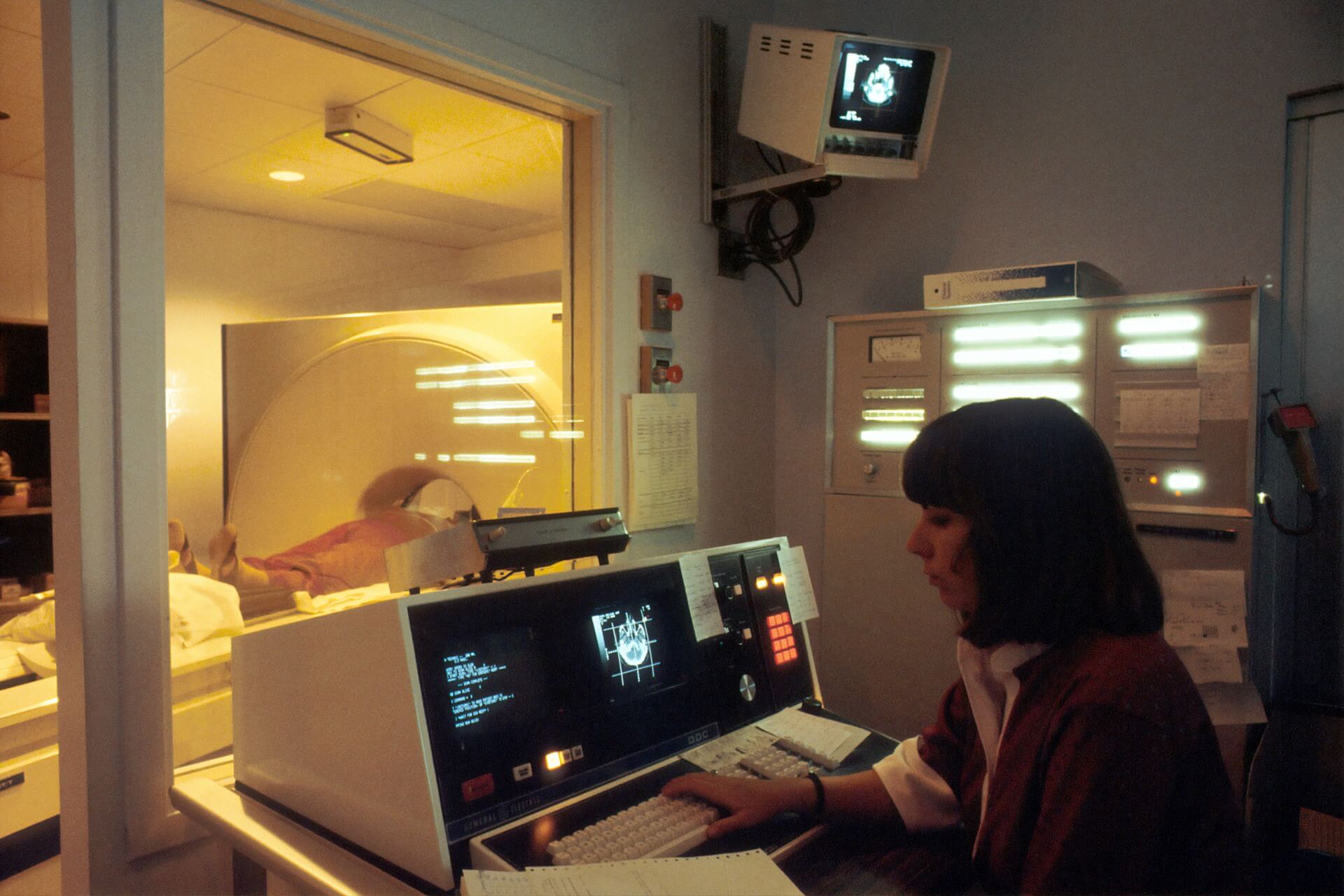
7 Ways IoT in Healthcare Is Working to Save Lives
January 31, 2023 - Emily Newton
Revolutionized is reader-supported. When you buy through links on our site, we may earn an affiliate commission. Learn more here.
With lives at stake, healthcare relies on consistent and accurate information and faster response times. With the introduction of IoT in healthcare, this is more than a reality. The Internet of Things, or IoT, comprises a network of sensors and devices that compile and communicate data. These devices appear in multiple industries, like building maintenance to watch for leaky pipes. In healthcare, doctors can use them to monitor patients’ health from afar.
At home or medical practice, sensors can improve hygiene and streamline care, while wearable technology monitors levels like glucose and heart rate. These devices can also be small enough to ingest, allowing doctors to monitor internal processes. All this data transmits in the blink of an eye, allowing a quicker diagnosis and eventual treatment.
By streamlining the care process and providing new opportunities to measure health, IoT is helping people all over the world receive the care they need.
Why Introduce IoT in Healthcare?
Medical facilities already use a great deal of technology to help diagnose and treat patients. The IoT makes their job even easier. Most tech enthusiasts know how IoT is beneficial to their industries, so it’s no surprise healthcare relies on it, too.
That need for monitoring even when the patient is not at the facility is growing ever stronger. During the height of the COVID-19 pandemic, medical facilities utilized telehealth operations to visit their patients via video conferencing. Though the restrictions for isolation have lessened, telehealth practices are still in place for their cheap cost and streamlined operations.
With IoT sensors and wearable technology, these doctors can quickly receive pertinent and tangible data about their patients without even being in the same room. This keeps the doctor safe from potential contagions and allows the patient to rest at home. Furthermore, the reliability of IoT promises clear data for the nurse or doctor that makes it easier to diagnose and treat than often unreliable images through the video camera.
There are a few different ways to implement IoT in healthcare practices, including sensors that monitor patient behavior or remind them to take pills or wearable tech that monitors heart rate and blood sugar levels. Finally, ingestibles are small enough to enter the body and collect data from the digestive system. When the information is secured on the cloud or other software, the ingestible capsule dissolves or passes through the human body.
Quickly and quietly, these devices keep their patients safe.
Life-Saving Uses for IoT in Healthcare
Amazingly, these devices can have many uses for people of all ages and needs. From those housebound due to chronic illness to young children, IoT allows a sense of safety to blossom for everyone. Potential warning signs are spotted early and doctors are kept in the loop of progress and overall health. In this modern age, even our bodies are interconnected.
1. Sensors for Home-Health Patients
For those that cannot often leave home due to chronic pain and illness, it can be hard to stay connected with the doctor. These home care patients can install sensors that monitor their vitals and provide a seamless communication method to emergency services. Alarm sensors can also immediately inform emergency services of dangerous falls or accidents. Furthermore, some popular companies transmit their data over cellular networks so that they can reach aid even when Wi-Fi is unavailable.
2. Recording Glucose Levels for Diabetic Patients
Monitoring blood sugar levels can be a tedious and worrisome job. If untreated, diabetics could faint or face nausea and fear. Even worse, eyes, internal organs, and nerves could also be affected by poor attention to fluctuating glucose levels. Thankfully, IoT can automatically monitor glucose and records its findings on the cloud. The accurate bookkeeping ensures that these devices can also alert their users when their levels are dangerously low or high and if needed, contact emergency services.
3. Sensors for Sanitization
Frequently washing hands is more important than ever with the rise of COVID-19, but still, there is a fair amount of people who forget. Instead, sanitization sensors can alert patients to cleanse thoroughly when entering the building or secure areas like hospital rooms. By giving these small reminders, a study of hospitals found that over 60% of infection rates were reduced.
4. Heart Rate Monitoring
The heart is the powerhouse of the body, and its health is absolutely vital. While traditional methods of monitoring only account for heart rate at doctor’s offices and rely on long wires, IoT devices can sit snugly on the wrist and track rate in nearly unnoticeable ways. Like Fitbit and other fitness trackers, they can guess current movement and encourage users to get moving for better health practices. The accuracy is not as pinpoint as being attached to wires in a hospital, but it is incredibly helpful for doctors to see long-term heartbeats rhythms.
5. IoT Inhalers
Like the heart, the body relies on the pitch-perfect health of the lungs. Certain types of asthma are brought on by physical movement, but other people will have fits without any warning. Therefore, IoT inhalers monitor the severity of these fits and use sensors in the surrounding environment to identify triggers like dust, animals, or pollen allergies.
6. Smart Contact Lens
Moving up to the eyes, IoT-connected contact lenses are equipped with micro cameras. They take snapshots of the eye throughout the day, possibly monitoring fluctuations in reactions to light or ruptures in the eye itself. Understanding the health of an eye in a non-invasive way is undoubtedly more comfortable for the patient and seamlessly provides data for the doctor.
7. Monitoring Mental Health
Mental health is notoriously hard to monitor and track, but IoT can connect a patient with their emotions to aid recovery. Often psychologists space their meetings weeks or months apart, and it can be hard for patients to remember individual bouts of anxiety or depression during this time. However, some devices allow users to manually update their mood from a wristwatch or application on their smartphone. The ease with which to upload their thoughts creates a consolidated space to chart mood history. Other devices can even attribute heart rate and sweating to mental health symptoms and posit them as potential attacks on the doctor’s chart.
Streamlining Medical Care
IoT is saving lives by integrating quick and reliable data collection into their practices. Though patients should be sure to review how this data is collected and its privacy with their doctors, overall the practice is incredibly positive. By streamlining medical care, people can live longer and happier on this Earth.
Revolutionized is reader-supported. When you buy through links on our site, we may earn an affiliate commission. Learn more here.
Author
Emily Newton
Emily Newton is a technology and industrial journalist and the Editor in Chief of Revolutionized. She manages the sites publishing schedule, SEO optimization and content strategy. Emily enjoys writing and researching articles about how technology is changing every industry. When she isn't working, Emily enjoys playing video games or curling up with a good book.







